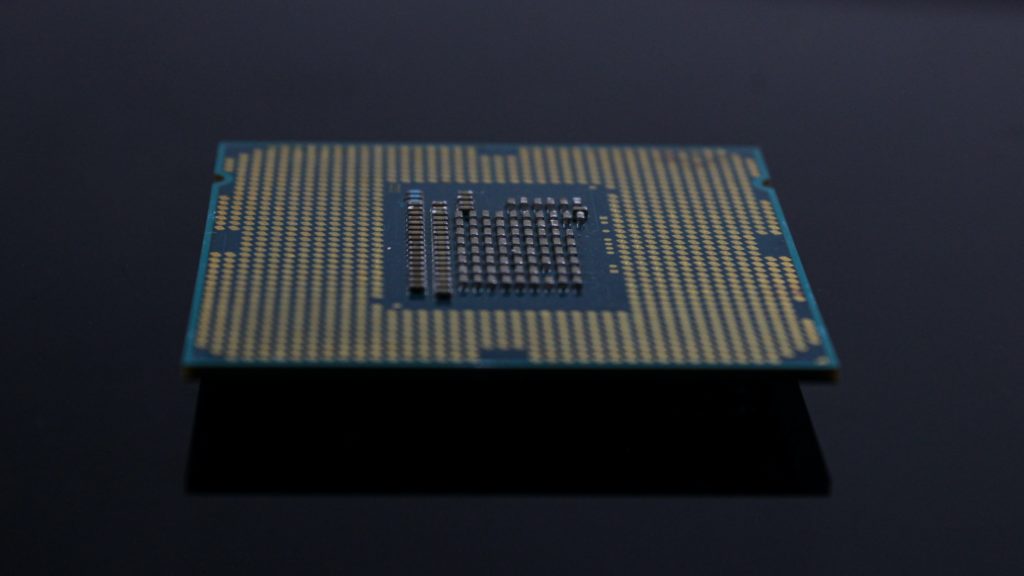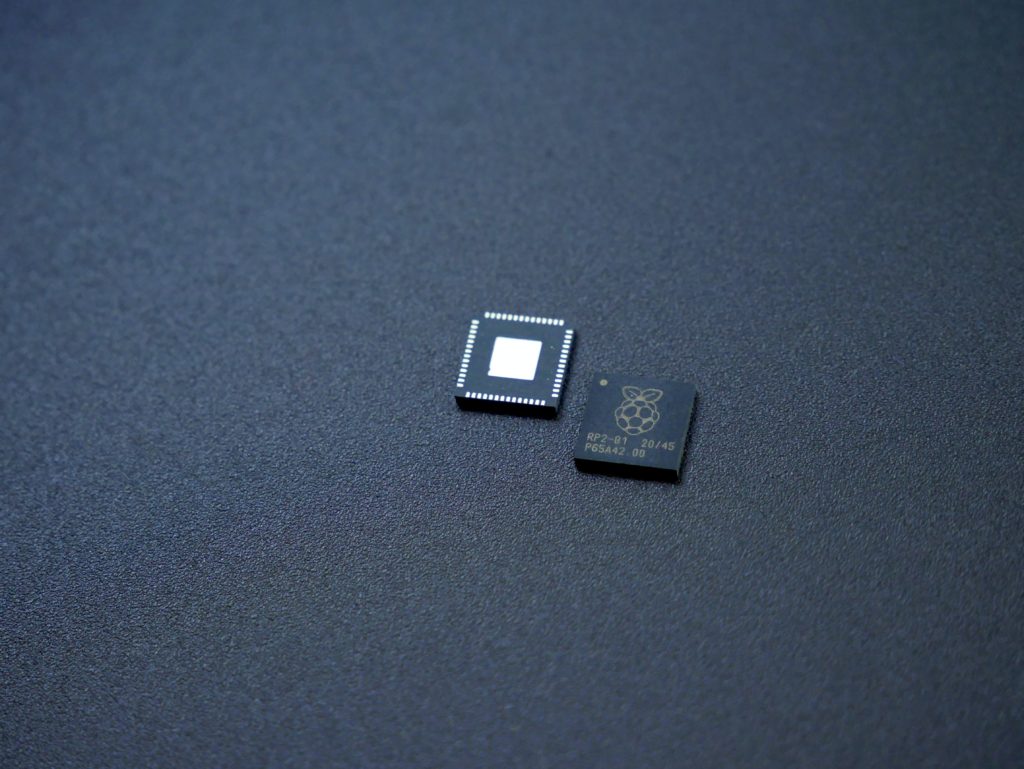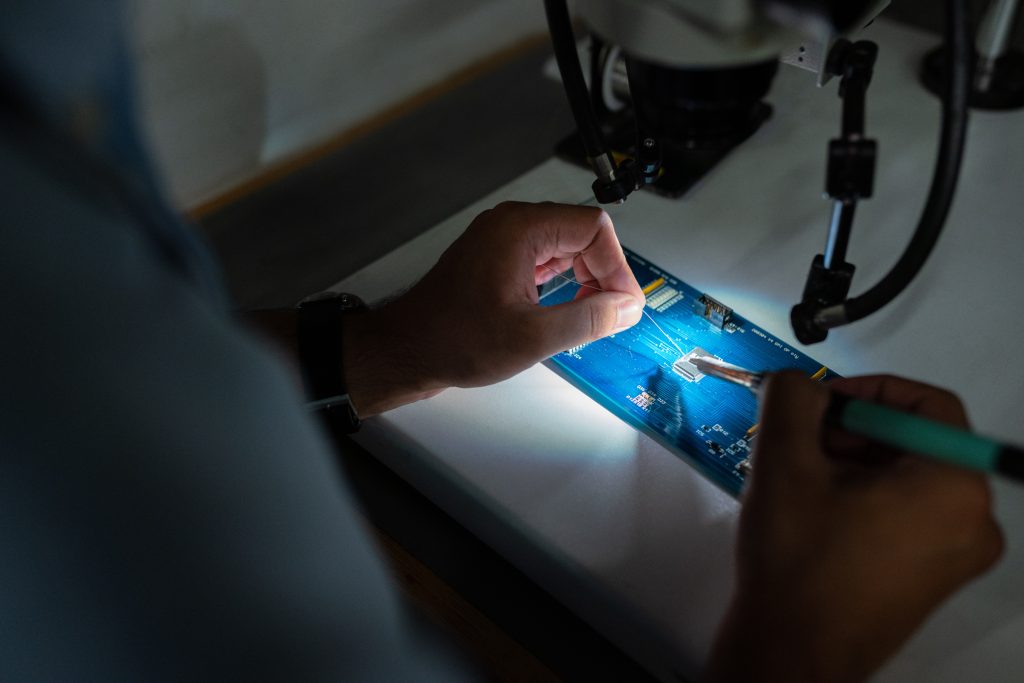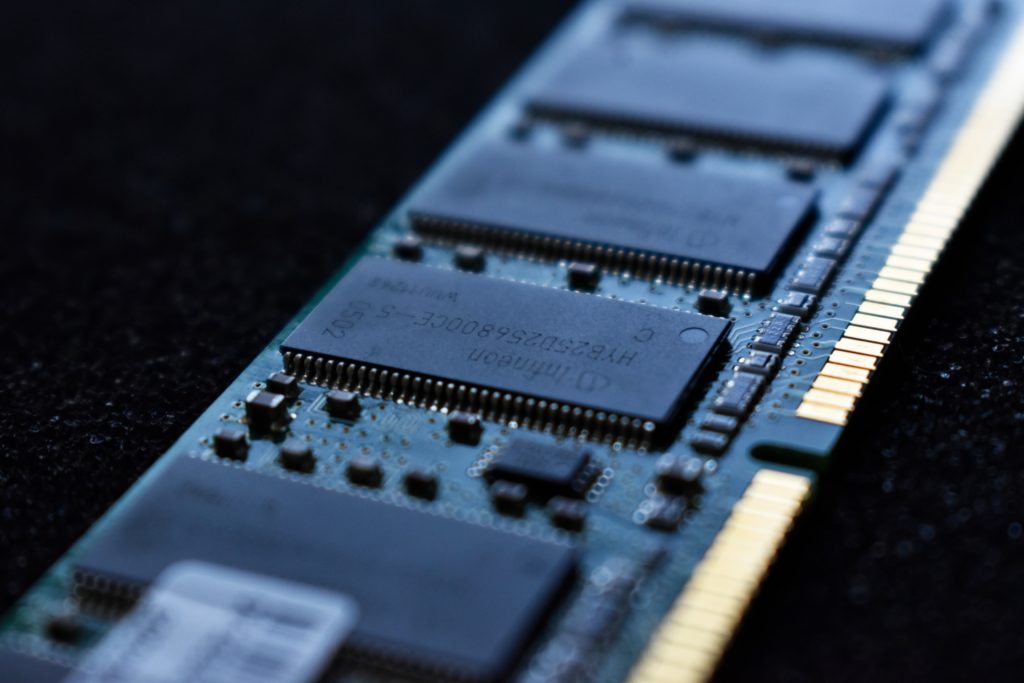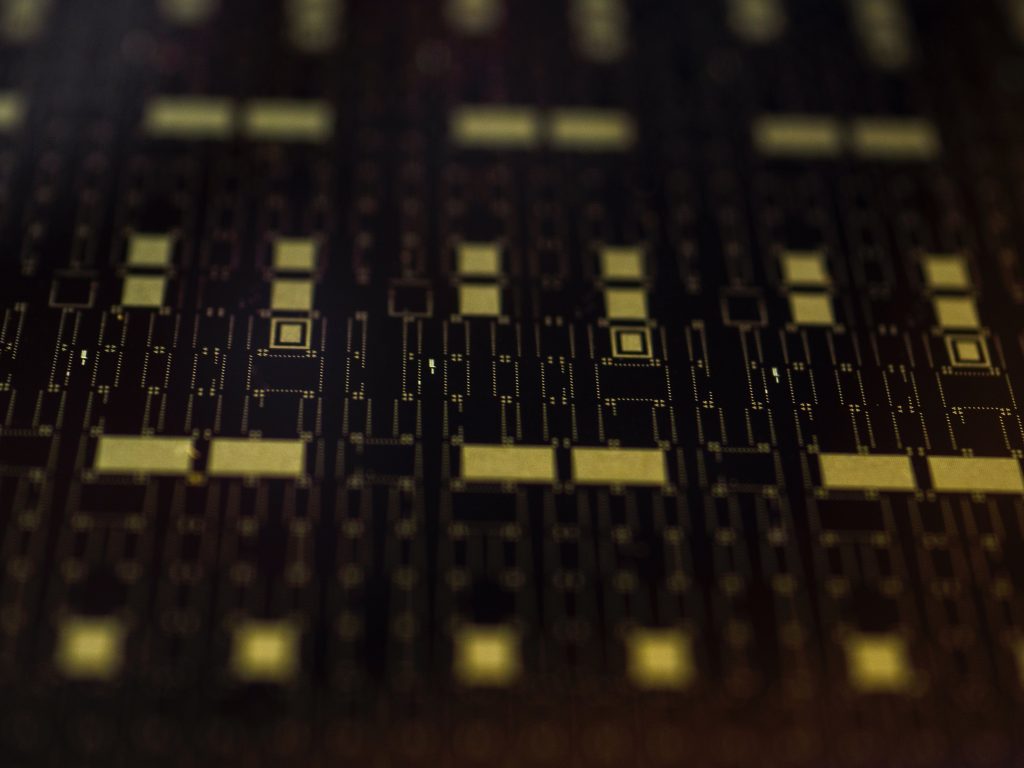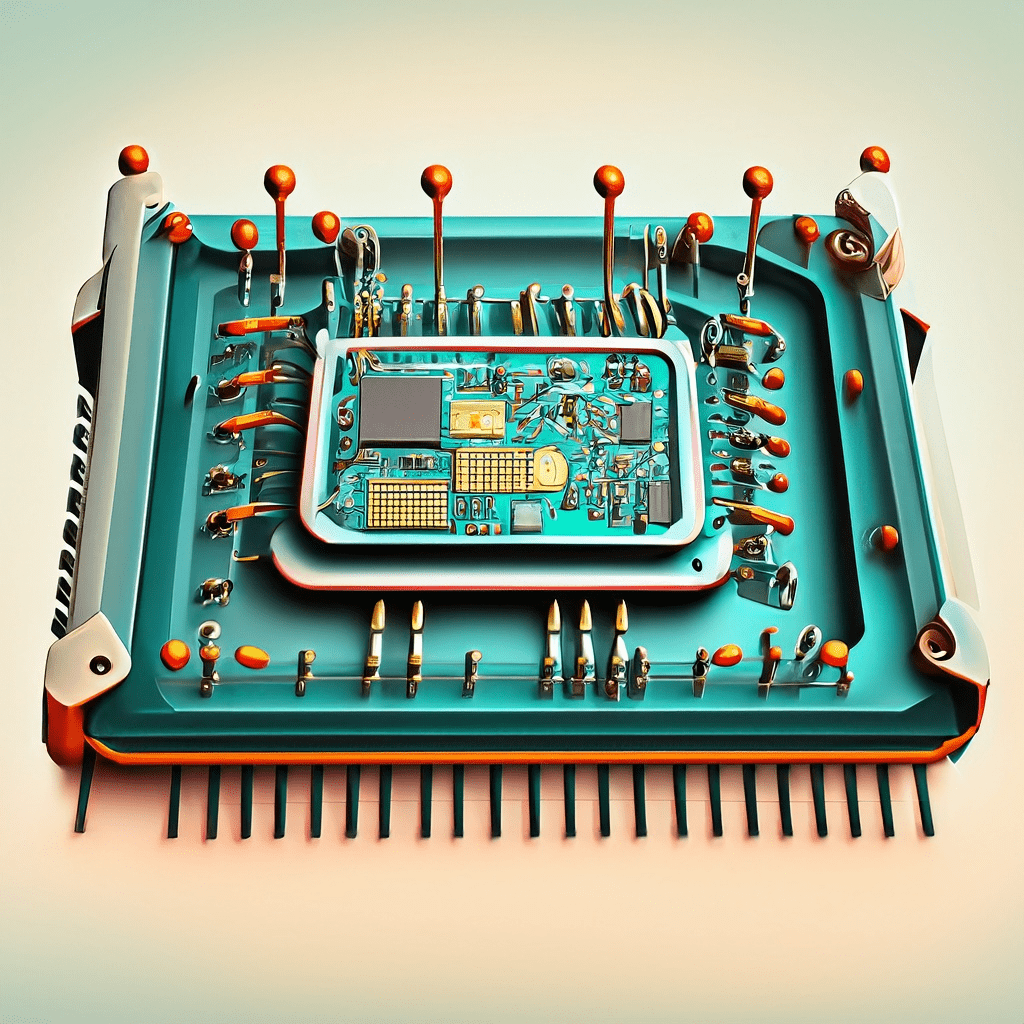Photo by Daniel Pantu on Unsplash
The race to create computer architecture that mimics the human brain has led to the creation of neuromorphic architectures, and there is not a single computer architecture-focused semiconductor company that has not launched neuro-inspired silicon chips.
However, creating a very large-scale neuromorphic XPU is not only complex but also costly. The applications are limited and do not justify the business case. On top, there are technical and business bottlenecks that do not favor mass-market neuro-inspired chips.
Design: Brain-inspired silicon design is complex, and design methodologies are not suitable for neuro-inspired XPUs for the mass market.
Manufacturing: Yield and cost are big bottlenecks that are stopping the mass production of neuro-inspired XPUs.
The fundamental bottlenecks for a mass-market neuro XPU is design complexity coupled with manufacturing hurdles. On the design side, the major hurdle is how to pack more neuro (limited to a few million) without impacting performance. From the manufacturing side, the neuro-inspired chips are using the advanced node, and getting a higher yield with such complex architecture is not an easy task.
Bringing neural-inspired chips to the mass market will require balancing the design with manufacturing so that the design features reflect on the manufacturing process without worrying about the yield and thus the overall cost.
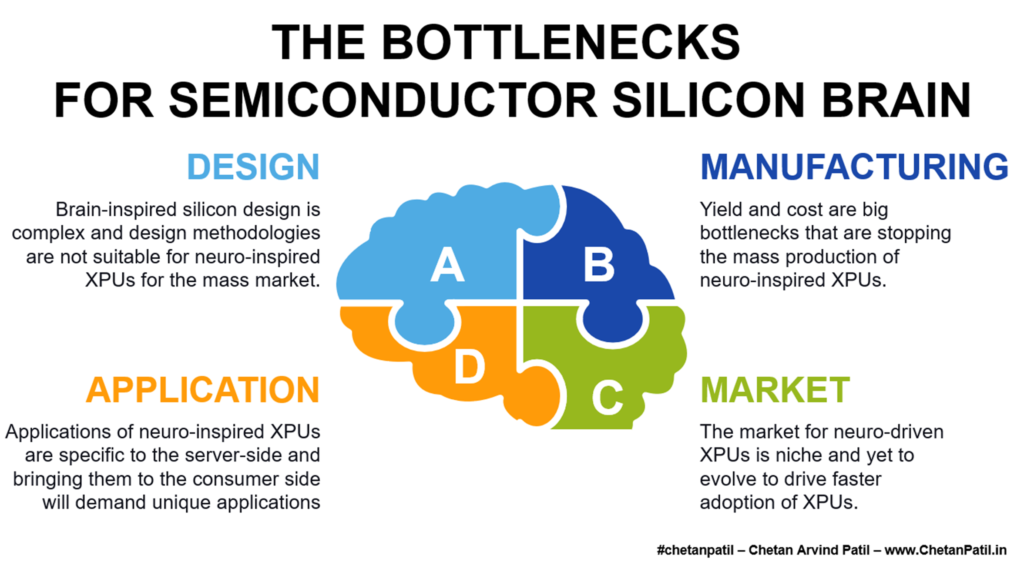
Design and manufacturing hurdles are the first two bottlenecks in bringing brain-inspired silicon to general processing. On top of these two, the market requirements and the specific application demands are also the reason why brain-inspired computing is still limited to specific domains.
In general, the big market for the processing world demands low-cost solutions and any silicon with neural processing (beyond NPU blocks) raises the cost of design and manufacturing. The applications of neuro-driven silicon chips are also specific and day-to-day consumer solutions do not demand such a high specific level of processing which is another bottleneck in bringing neuro chips to the mass market.
Market: The market for neuro-driven XPUs is niche and yet to evolve to drive faster adoption of XPUs.
Application: Applications of neuro-inspired XPUs are specific to the server side and bringing them to the consumer side will demand unique applications.
Even after such bottlenecks, the XPU-focused semiconductor companies are designing processing blocks that are neuro-inspired, and slowly the percentage of silicon area that is becoming neuro-inspired is growing year on year.
For the next decade, neuro-inspired XPU will be specific to large data processing. However, as the design and manufacturing march toward advanced semiconductor technologies, the percentage of the neuro-inspired silicon blocks will soon grow from 10% to 100%.
